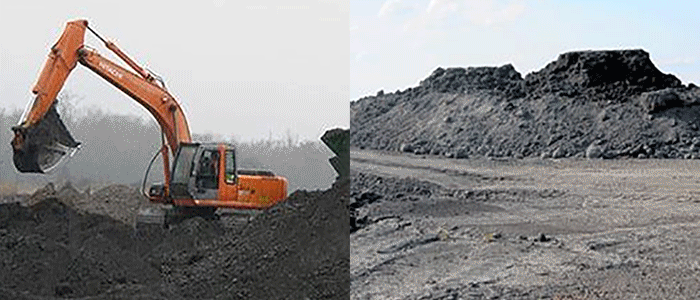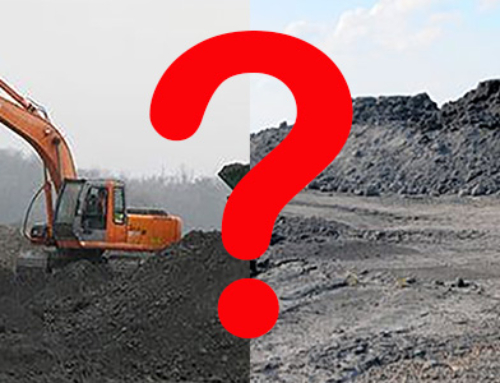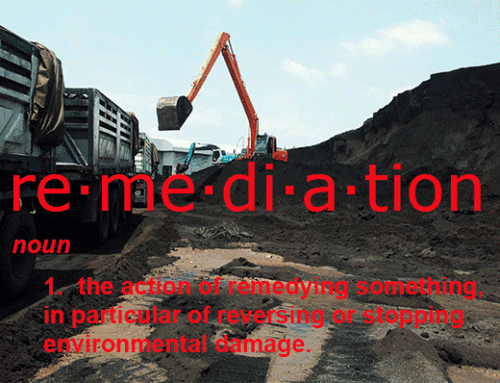If we were forced to pick a time when stakeholders started paying attention coal ash residue it would be the TVA Coal Ash Spill in December 2008. Coal ash was always a waste, we just didn’t notice that the Utilities were not storing it correctly until then. This past December marks the 13th year anniversary of that event.
It is time to hit the reset button and make more progress on this massive cleanup operation.
It is up to you to determine whether we have made enough progress over the past 13 years. Independent of your determination, it is safe to say that we need to pickup the pace on the cleanup efforts, stop arguing about whether coal ash is harmful, whether the ash it is in ground water or whether “clean closure” is possible.
- FACT: Coal Ash is harmful if improperly stored.
- FACT: Coal Ash is sitting in ground water, then it must be removed.
- FACT: Clean Closure is possible at every site in the United States.
Change is Coming
The Environmental Protection Agency announced a couple of weeks ago that it intends to enforce a 2015 rule prohibiting utilities from dumping coal ash into unlined ponds. That is a clear-cut message to all stakeholders to “figure it out, work with your local communities and get moving”.
A Reset is needed for all Stakeholders, not just Utilities
It is not just the Utilities that need to reset their strategy, but politicians, regulatory agencies, environmentalists, and local communities need to understand the need to reset their strategies. Environmental stewardship goes beyond just the old, outdated battle cry; “Not in My Back Yard”. Creativity, ingenuity, and innovation is the answer to find a middle-path, but it takes all stakeholders to embrace change.
safeSTORAGE® The Right Tools for the Job
EnCAP-IT has been involved in dozens of CCR unit site-level analyses. They all had common challenges and concerns: not enough space to safely store all the coal ash being excavated. While traditional storage methods lend, somewhat, to solving this dilemma, they often come up short. In every one of these analyses, using our tools provided a far safer, better, and cheaper way in which to properly create excavated ash storage. So the answer to the storage question was “yes we can”.





